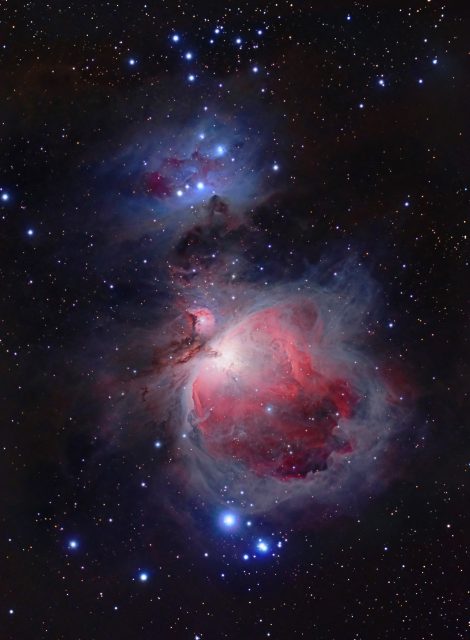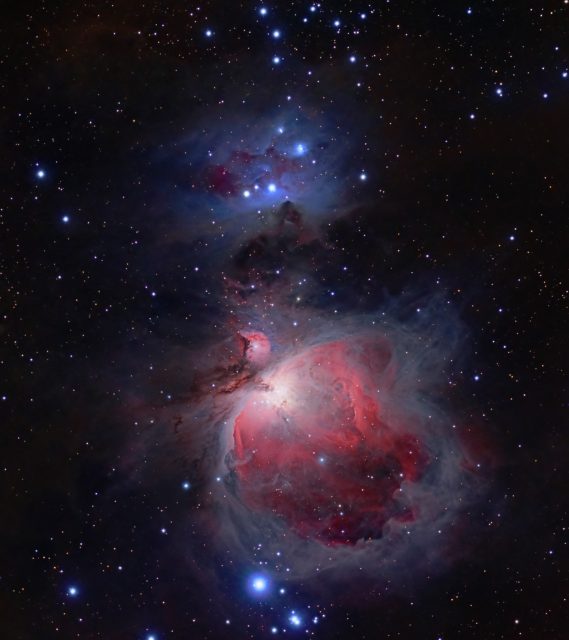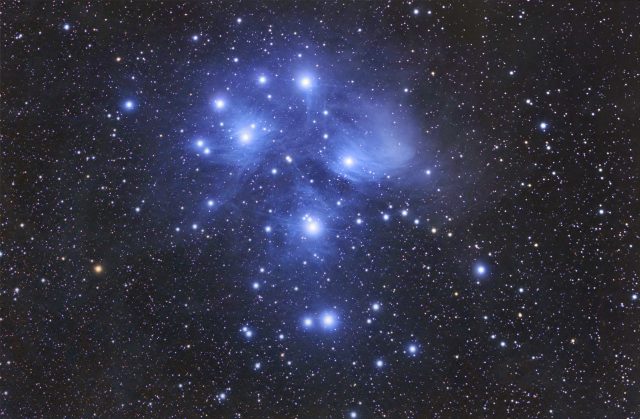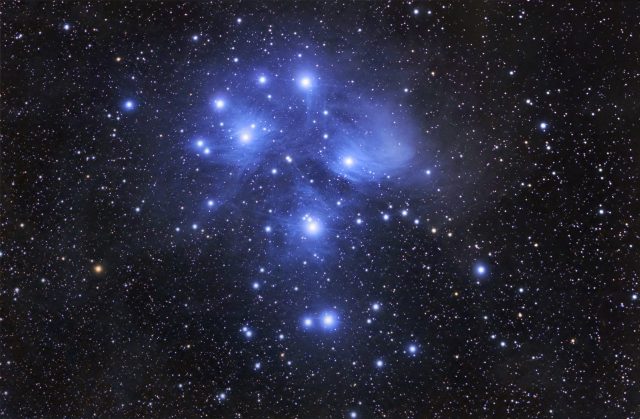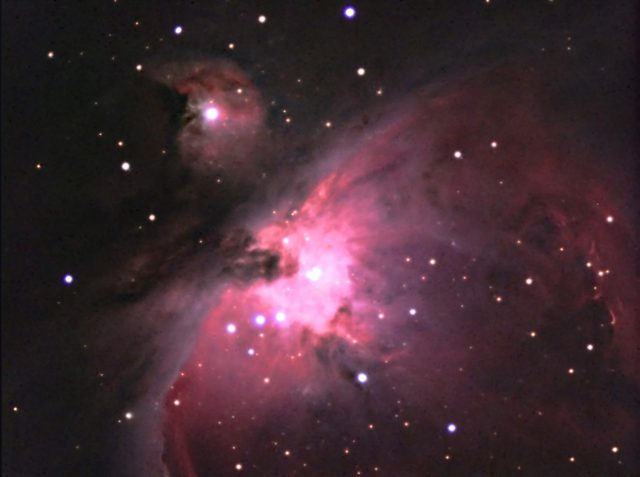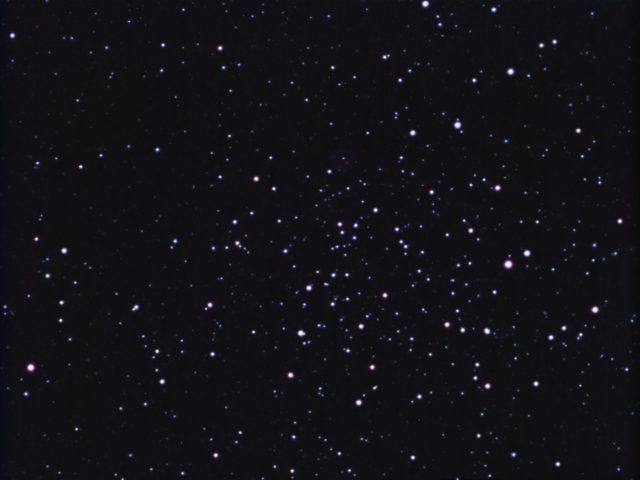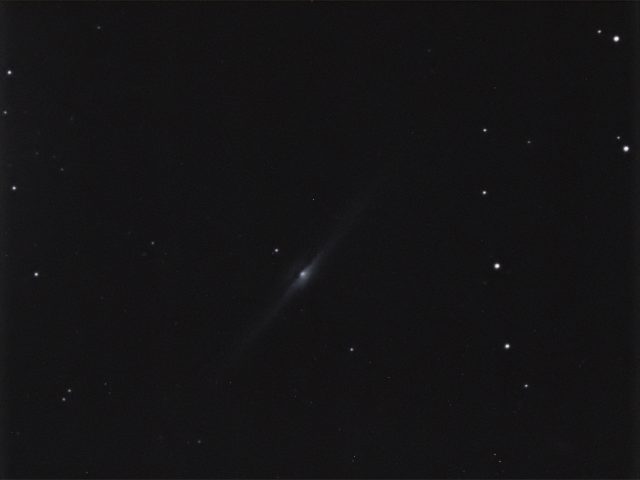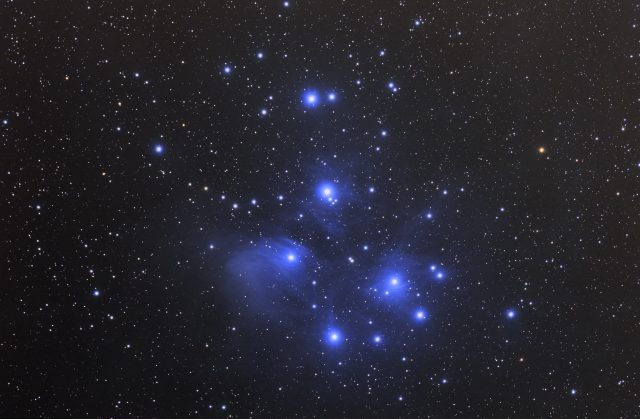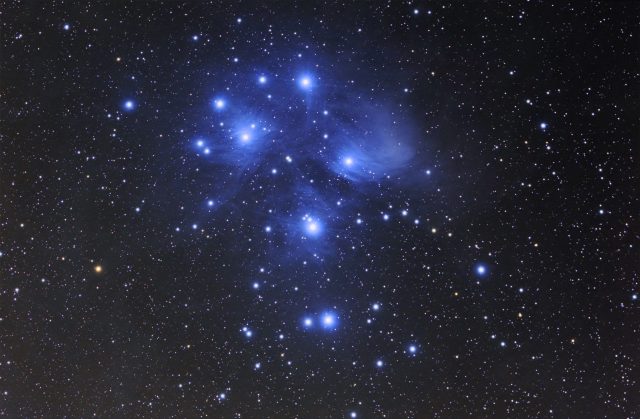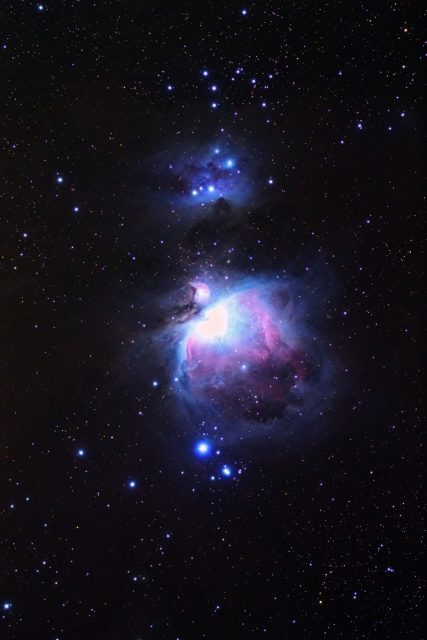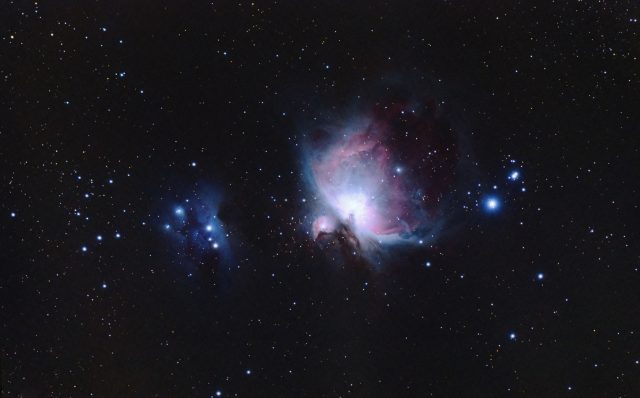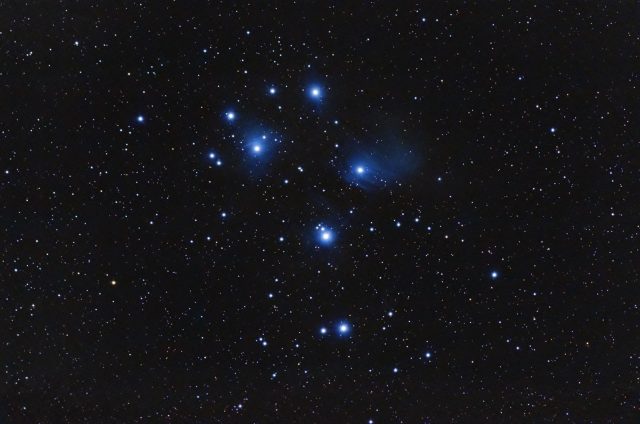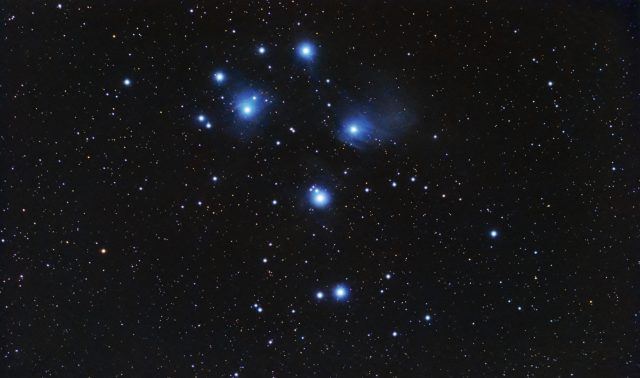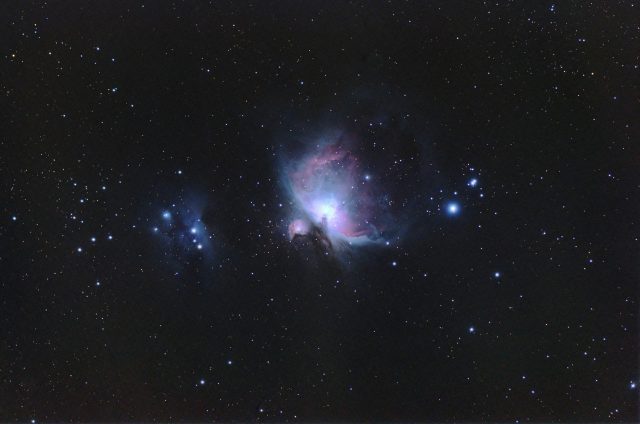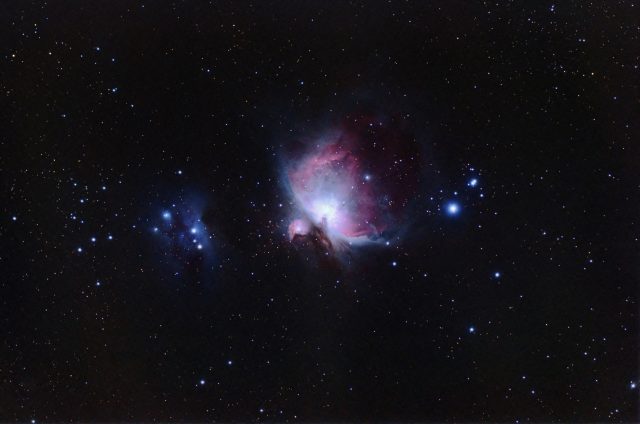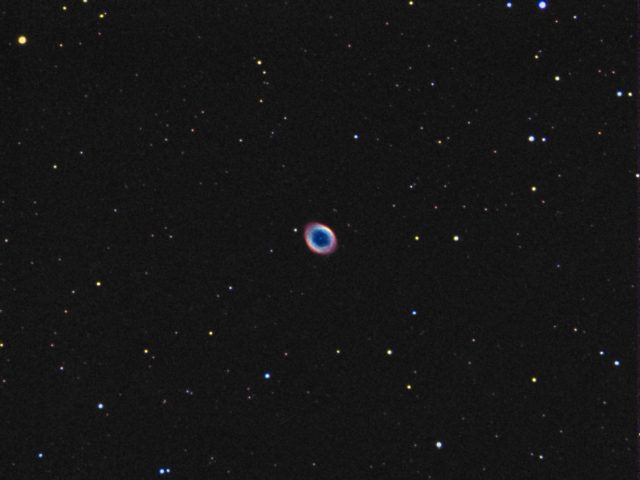
I did it. I bought a RisingTech (ToupTek) Sony IMX224-based eyepiece camera. Its a nice little low-noise cam that beats the pants off of the Aptina AR0130 color CMOS chip in my other ToupTek camera, as far as noise is concerned. I got it mainly to do Electronically Assisted Astronomy (EAA) which is sometimes all that is possible in a very light polluted environment.
I love the immediate display of a color image that it gives you. It lets you hop around the sky and see objects like dim galaxies and nebula without having to wait until you process the images to see what you’ve captured. There are various software packages that let you stack images on the fly and you don’t have to save any of the sub-images if you don’t want to. It creates the stack and you save one file in the end, if you like it enough.
I did a little of both keeping images for later and just looking at stuff and not saving the stack when moving on to other objects. It was fun and I actually stayed up all night doing it.
I plan on doing lots more of this EAA form of amateur astronomy in the future and I think the new camera was a good investment ($168.00 shipped from China, total!) It is inexpensive enough that almost any amateur astronomer can now afford one.

